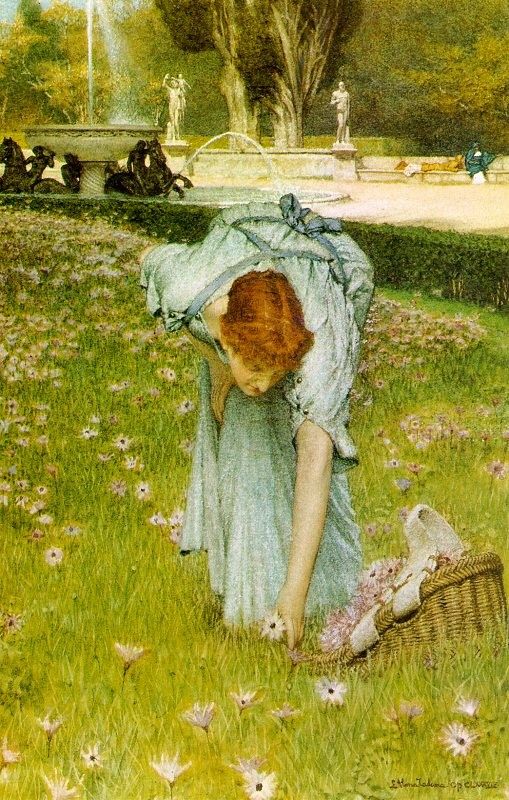
.jpg)
In 1864 he exhibited Pastimes in Ancient Egypt: 3000 Years Ago and won a gold medal for this work. This visit marked a significant change in his style, and from then on he turned to the ancient world for imagery and inspiration. In 1863 Alma-Tadema travelled to Italy where he became fascinated by the ruins of Pompeii. In 1862, his painting of Venantius Fortunatus earned him his first gold medal in Amsterdam and contributed to his growing reputation. In any case, by 1859 he had started working under the tutelage of Baron Leys in Antwerp.


On his advice, Alma-Tadema dedicate himself to history painting, to which he owed his first success the King of Belgium won the artist’s 1861 painting Education of Clotilde's Children and later hung it in the palace in Brussels. Around this period he became acquainted with the archaeology professor and practicing artist Louis de Taye. However, he was expelled from the course as a result of a three-week absence, during which time he was working arduously on a commission for a picture. He trained at the academy there under the guidance of Wappers, then Reyzer. Sadly, his precarious health discouraged his parents from permitting his lessons, so it was not until he was 16 that he managed to go to Antwerp. Sir Lawrence Alma-Tadema was a Dutch-born painter who showed a liking and aptitude for drawing at an early age.


 0 kommentar(er)
0 kommentar(er)
